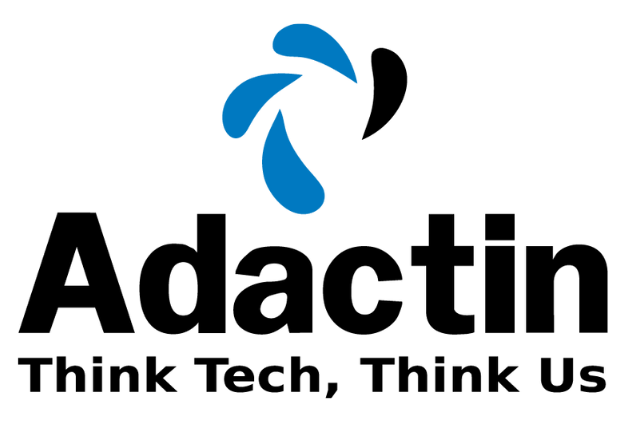Best Practices for Software Development 2023
Introduction:
In today’s rapidly evolving technological landscape, software development continues to play a crucial role in shaping businesses and driving innovation. As technology continues to advance, software development practices evolve to meet the demands of an ever-changing landscape. As we delve into the year 2023, it is essential to identify and adopt the best practices that can help us stay ahead of the curve. This blog aims to highlight the key best practices for software development in 2023 and provide insights into how they can contribute to successful project outcomes.
1. Agile Development:
Agile development methodologies have gained significant popularity in recent years, and they remain one of the best practices for software development in 2023. Emphasising iterative and incremental development, Agile methodologies enable flexibility, adaptability, and rapid feedback loops. Popular frameworks like Scrum and Kanban provide structured approaches to managing projects, allowing teams to deliver high-quality software in shorter cycles.

2. Continuous Integration and Continuous Deployment (CI/CD):
The integration of code changes and their continuous delivery are paramount for maintaining a seamless development workflow. CI/CD practices enable automated build, test, and deployment processes, ensuring that software changes are regularly integrated into a shared repository. By automating these processes, developers can catch and fix issues early, resulting in faster delivery cycles and more reliable software releases.

3. DevOps Culture:
Collaboration between development, operations, and other stakeholders is crucial for successful software development projects. DevOps practices encourage the integration of development and operations teams, fostering a culture of shared responsibility and communication. By breaking down silos and automating infrastructure provisioning, deployment, and monitoring, DevOps practices enable faster time to market, improved quality, and better stability. Below image depicts various tools available today for DevOps practices.

4. Containerization and Microservices:
Containerization, using platforms like Docker and Kubernetes, allows developers to package applications and their dependencies into portable, isolated containers. This approach simplifies deployment, scalability, and maintenance. Microservices architecture complements containerization by breaking down applications into smaller, loosely coupled services, enabling easier development, scaling, and fault isolation.
What is Containerization: Containerization is a software deployment process that bundles an application’s code with all the files and libraries it needs to run on any infrastructure. Traditionally, to run any application on your computer, you had to install the version that matched your machine’s operating system. For example, you needed to install the Windows version of a software package on a Windows machine. However, with containerization, you can create a single software package, or container, that runs on all types of devices and operating systems.

5. Security-First Approach:
With the growing number of cybersecurity threats, it is vital to incorporate security practices throughout the software development lifecycle. Developers should follow secure coding practices, conduct regular security assessments, and implement necessary measures such as encryption, access controls, and input validation. Staying updated on the latest security vulnerabilities and adopting secure coding frameworks helps protect sensitive data and maintain the trust of users.

6. Test-Driven Development (TDD):
Test-Driven Development is a methodology that emphasises writing tests before developing the corresponding code. By following TDD practices, developers can ensure that the software meets the required functionality and is thoroughly tested. TDD promotes code quality, reduces defects, and improves overall software design.

7. Cloud-Native Development:
Cloud computing has revolutionised the software industry, and in 2023, cloud-native development has gained significant traction. Cloud-native applications are built specifically for the cloud environment, leveraging its scalability, resilience, and agility. Microservices architecture, containerization (e.g., Docker), and orchestration tools (e.g., Kubernetes) are essential components of cloud-native development. Organisations are adopting cloud-native practices to improve scalability, reduce costs, and enhance deployment flexibility.

8. Code Review and Quality Assurance:
Code quality should be a top priority in software development. Implementing regular code reviews ensures that code is clean, maintainable, and adheres to coding standards. Peer code reviews help identify bugs, improve design, and share knowledge among team members. Additionally, automated testing practices, including unit tests, integration tests, and regression tests, contribute to overall quality assurance and reduce the likelihood of introducing new bugs.

9. Documentation and Knowledge Management:
Comprehensive and up-to-date documentation is essential for maintaining and evolving software systems. Developers should invest time in documenting code, APIs, architectural decisions, and system configurations. Adopting knowledge management practices, such as maintaining a centralised knowledge base or utilising wikis, helps preserve institutional knowledge and facilitates future development.

Conclusion:
As software development evolves, embracing the best practices for 2023 is essential to stay competitive and deliver high-quality software products. Agile methodologies, CI/CD practices, collaboration through DevOps, code review, quality assurance, security considerations, and cloud computing with microservices are key areas to focus on. By adopting these best practices, development teams can optimise their processes, reduce time to market, and deliver robust software solutions that meet user expectations in the ever-changing software landscape of 2023.
Satinder Singh
